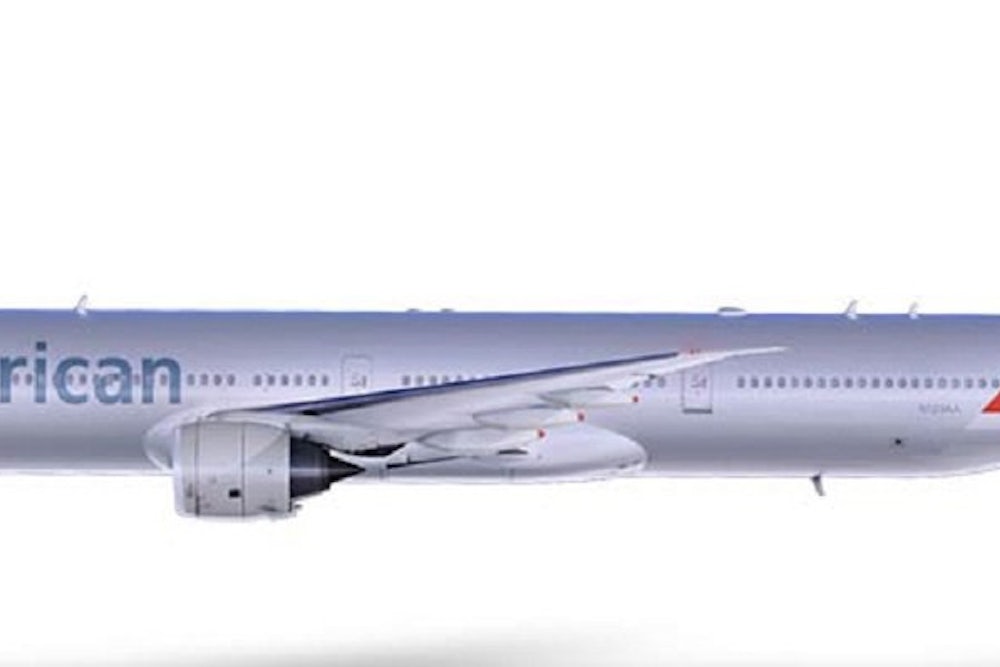I've always loved stripes. When I was a kid, I wore triple-striped tube socks. When I got older, I began wearing striped dress shirts. And while I've always hated the New York Yankees, it's hard to deny the visual impact of their pinstripes.
Stripes may be having a cultural moment, at least judging by two brand redesigns that were unveiled last month. The first came from American Airlines, which announced a new livery design for its planes, featuring a stripe-driven American flag abstraction on the tail. Reviews of the new design have mostly been negative, although that seems largely because everyone loved the old design and saw no reason to change it.
But try to ignore the larger context and just focus on the tail. Admit it: That design is pretty cool. Why have stars and stripes when you can have stripes and stripes? (Just one problem: They only included 11 red and white stripes. Would it really have been so hard to make it 13?)
Stripe patterns also figure prominently in a new 7-Eleven brand overhaul. You probably don't think of the Dallas-based convenience store chain as a source of cutting-edge design (or cutting-edge anything else), but 7-Eleven licenses its brand to companies in other countries, several of which have taken the liberty of giving the chain a slightly more upmarket spin. One of these is 7-Eleven's Swedish licensee, which recently unveiled an impressive facelift.
Nice, right? Maybe an affinity for boldly colored stripe patterns is built into the European DNA, because the Swedish 7-Eleven design has strong visual echoes of the stripe-centric aerial views of Dutch tulip fields, which in turn were the inspiration for this new super-striped wholesale flower market in Barcelona. And of course the German sportswear company Adidas' visual signature is a three-stripe pattern. Europe: It's a stripe-ophile's paradise!
Back here in the States, stripes have garnered mixed reviews over the years. Paul Rand's iconic striped logo for IBM, created in 1972 and still in use today, is considered a timeless masterpiece, while the Houston Astros' old "tequila sunrise" uniform from the mid-1970s is widely reviled as one of the worst designs in baseball history.
Why do stripes provoke such strong reactions, positively and negatively? A possible answer came to me as I was looking at the Swedish 7-Eleven's web site and saw the extended stripe pattern near the bottom of the page. "Hmmm," I thought to myself, "kinda looks like a bar code." Maybe that's why stripes resonate so strongly in modern life: They capture all the pleasures and stress of consumerism, as embodied by the little digital stripe patterns that adorn everything we buy.
By odd coincidence, the bar code's inventor, Norman Joseph Woodland, passed away in December, just a few weeks prior to the unveiling of the American Airlines and 7-Eleven makeovers. Too bad he didn't live to see those designs—it would have been fascinating to hear what he thought of them.
Do you know of a new product, service, design, or phenomenon that deserves a closer look? Send tips, samples, press releases, and best intentions here.
